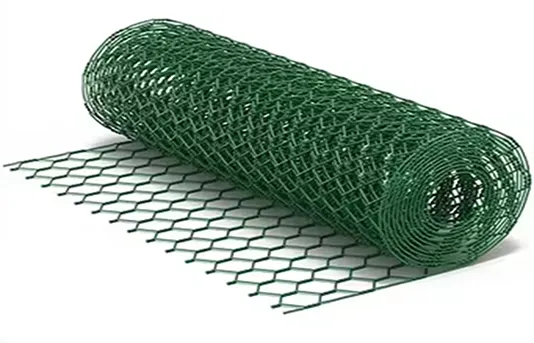-
 Phone:
Phone: -
 Email:
Email:

Innovative Mesh Rock Retaining Wall Design for Enhanced Stability and Aesthetic Appeal
Mesh Rock Retaining Walls A Sustainable Solution for Erosion Control
In the realm of civil engineering and landscaping, retaining walls serve an essential purpose they hold back soil and prevent erosion. Among the various types of retaining walls, mesh rock retaining walls have gained popularity for their innovative design and sustainability. This article explores the concept, benefits, and application of mesh rock retaining walls in modern construction.
Understanding Mesh Rock Retaining Walls
Mesh rock retaining walls are constructed using a combination of wire mesh and natural stones. The wire mesh is typically made from high-strength steel, designed to hold back large rocks and boulders while allowing vegetation and soil to thrive inside the wall structure. This feature brings a unique balance to both stability and aesthetics.
The design usually involves a framework of mesh that is filled with rocks of varying sizes. This not only reinforces the structural integrity of the wall but also enables it to blend harmoniously with the natural landscape. The porous nature of the mesh allows for water drainage, thereby reducing the pressure on the wall, and minimizes the risk of soil erosion.
Benefits of Mesh Rock Retaining Walls
1. Erosion Control One of the primary functions of mesh rock retaining walls is to control soil erosion. When properly constructed, these walls reduce the velocity of surface runoff, which helps prevent soil washout during heavy rains.
2. Eco-friendliness Mesh rock retaining walls promote sustainability by using natural materials. The incorporation of native plants and vegetation within the wall can enhance the green aesthetic of the landscape, encouraging biodiversity and creating natural habitats for local wildlife.
3. Cost-effectiveness Compared to traditional concrete or masonry retaining walls, mesh rock retaining walls can be more economical. The use of locally sourced stones minimizes transportation costs, and the simple construction method can reduce labor expenses.
4. Flexibility in Design Mesh rock retaining walls offer versatile design options. They can be tailored to fit various terrains, from steep slopes to gentle inclines, making them suitable for both commercial and residential projects.
mesh rock retaining wall

5. Durability and Low Maintenance Once constructed, these walls require minimal maintenance. The robust nature of the mesh and rocks ensures longevity, reducing the need for frequent repairs associated with other types of retaining walls.
Applications of Mesh Rock Retaining Walls
Mesh rock retaining walls are applicable in numerous scenarios, including
- Residential Landscapes Homeowners often use mesh rock retaining walls to create terraced gardens, manage elevation changes, or enhance curb appeal while controlling erosion on sloped properties.
- Highway and Road Construction Engineers frequently implement these walls along highways and roadsides to stabilize embankments and prevent landslides, promoting safety for motorists.
- Commercial Developments In commercial landscaping, these walls can help define outdoor spaces, manage stormwater runoff, and contribute to sustainable site design.
- Restoration Projects For ecological restoration, mesh rock retaining walls can be employed to protect riverbanks and shorelines, while also facilitating vegetation growth that helps stabilize ecosystems.
Conclusion
Mesh rock retaining walls represent a harmonious blend of practicality, sustainability, and aesthetic appeal. Their ability to combat erosion while integrating seamlessly into the natural environment makes them an invaluable tool in modern landscaping and civil engineering. As the focus on sustainable architecture and eco-friendly practices continues to grow, mesh rock retaining walls will likely play an increasingly important role in the development of resilient landscapes. By promoting natural stability and contributing to environmental enhancement, these innovative structures stand as a testament to the progress we can achieve in our built environment.
-
Wire Mesh for Every Need: A Practical SolutionNewsJul.25,2025
-
Steel Fences: Durable, Secure, and Stylish OptionsNewsJul.25,2025
-
Roll Top Fencing: A Smart Solution for Safety and SecurityNewsJul.25,2025
-
Cattle Farm Fencing Solutions for Maximum SecurityNewsJul.25,2025
-
Affordable Iron Binding Wire SolutionsNewsJul.25,2025
-
Affordable Galvanized Wire SolutionsNewsJul.25,2025
-
Wire Hanger Recycling IdeasNewsJul.25,2025








